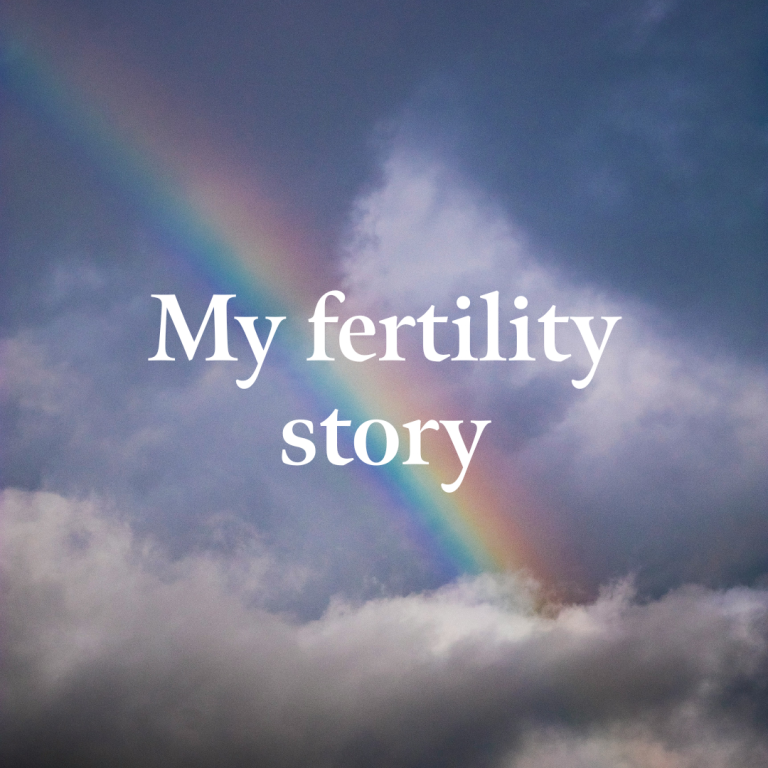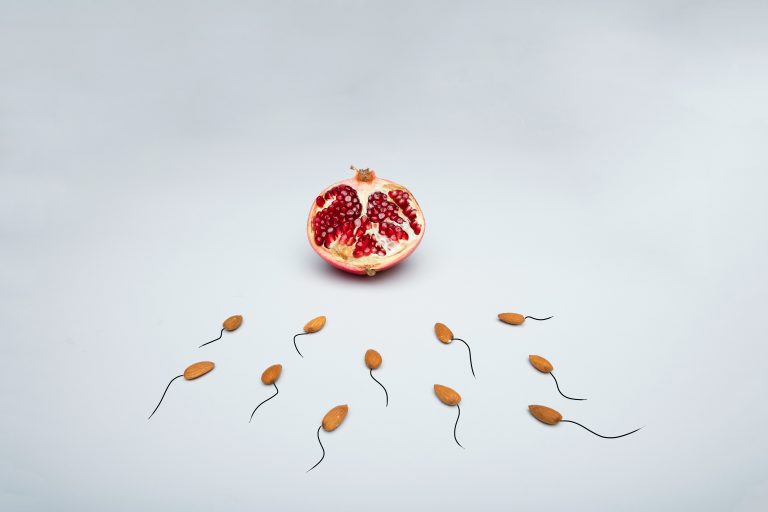

When we’re thinking about hormones health, it’s important to think about our toxic load and the amount of endocrine-disrupting chemicals (EDCs) that we’re exposed to.
So what are EDCs and where are they found?
What are Endocrine Disrupting Hormones (EDCs)?
EDCs are chemicals that block, mimic or interfere with our hormones, which are part of the endocrine system in the body. They’re found in a number of everyday products like plastics, clothing and footwear, cosmetics and personal care products, perfume, paint, household cleaning products, toys, carpet and furniture, and food and drink packaging.[1] According to the Endocrine Society, there are nearly 85,000 human-made chemicals in the world, and 1,000 or more of these could be EDCs.[2]
Here are some examples of EDCs and where they’re found:
- Bisphenol A (BPA) – this is used to make certain plastics and epoxy resins. It’s used in manufacturing, food packaging, and even toys. BPA resins may be found in the lining of canned foods and drinks.
- Polychlorinated biphenyls (PCBs) – these are banned now, but were used to make electrical equipment, such as transformers.
- Polybrominated biphenyl ethers (PBDEs) – these are used to make flame retardants for products like furniture and carpet.
- Phthalates – these are a large group of compounds used as liquid plasticizers. They are found in hundreds of products including some food packaging, cosmetics, fragrances, children’s toys, and medical devices. Cosmetics that may contain phthalates include nail polish, hair spray, aftershave lotion, cleanser, and shampoo.
- Parabens – these are a group of chemicals widely used in cosmetics and body care products, such as moisturiser, cleansers, suncream, deodorants, toothpastes and make up.[1]
As EDCs interfere with the body’s endocrine system, they can contribute to many health issues. In particular, affecting our development, reproductive, nervous and immune systems.[3] In women, research suggests that EDCs may contribute to hormone imbalances, irregular cycles, and can impact our fertility.[4]
How to reduce EDCs
So how can we reduce these chemicals?
It’s not possible to avoid them entirely, but here are some things to try to reduce your exposure:
- Opt for paraben-free personal care products as far as possible. Find a good health food store (obviously I love the good health boutique in Retford!) which will have a good selection of natural skincare products;
- Use chemical-free cleaning products – I like Ecoleaf by Suma but there are lots of natural cleaning products out there on the market;
- Avoid air fresheners and heavily perfumed products like scented candles – use pure essential oil diffusers or candles instead;
- Use glass bottles and cups rather than plastic. Store your food in glass containers where possible. I love Black + Blum’s range of food and drink containers, and BKR water bottles;
- Wash fruit and vegetables before use, or choose organic. I love Riverford for their organic fruit and veg boxes. Also, check out the Environmental Working Group’s list of fruit and veg with the lowest (Clean Fifteen) and highest (Dirty Dozen) amounts of pesticides – try and buy organic for the Dirty Dozen if you can afford to.
Check out Dr Jenny Goodman’s book Staying Alive in Toxic Times for lots more tips on how to reduce your toxic load and improve your health.
Curious to find out more?
Learn more about how EDCs can impact your hormone health, and book in for a free 30-minute consultation here.
Please note, this blog should not be taken as medical advice. If you have any health concerns, please consult a medical professional.
References
- https://www.niehs.nih.gov/health/topics/agents/endocrine
- https://www.endocrine.org/topics/edc/what-edcs-are/common-edcs
- Monneret C. What is an endocrine disruptor?. Comptes Rendus. Biologies. 2017;340(9-10):403-5.
- Green MP, Harvey AJ, Finger BJ, Tarulli GA. Endocrine disrupting chemicals: Impacts on human fertility and fecundity during the peri-conception period. Environmental research. 2021 Mar 1;194:110694.




